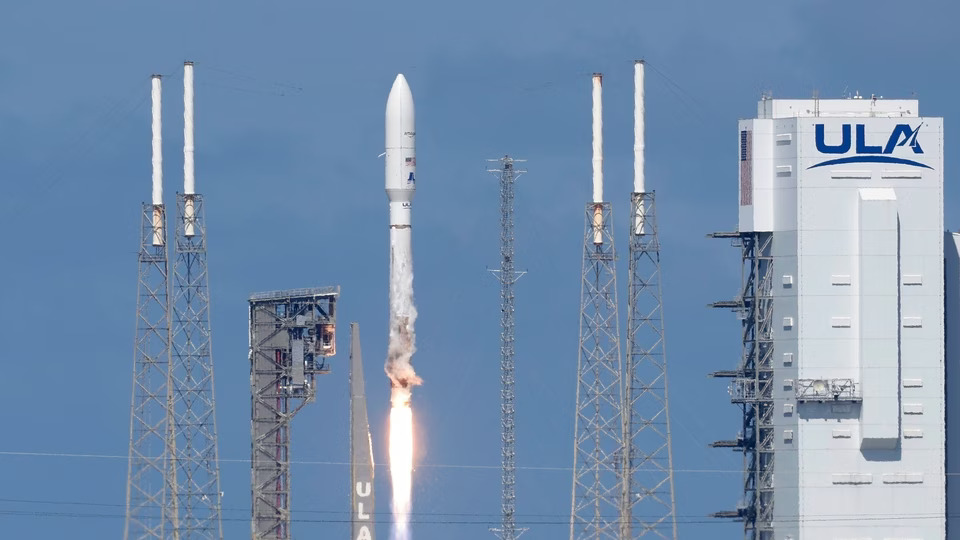In the ever-evolving space race for global internet domination, Amazon’s Project Kuiper emerges as a potent contender challenging Elon Musk’s Starlink. Following a rollercoaster launch and a nerve-racking episode of temporarily losing contact with a satellite, Amazon’s ambitions to reshape internet connectivity hang in the balance.
The initial setback post-launch marked a crucial moment for Amazon’s satellite endeavor. The stakes were high as the team raced against time to salvage the situation, revealing the immense efforts invested in creating a satellite infrastructure from scratch. Amid celebrations and challenges, Amazon’s resolve to revolutionize global internet access was put to the test.
A Philanthropic Vision Meets Commercial Ambition
Project Kuiper, touted as a philanthropic venture to bridge the digital divide, doubles as Amazon’s pivotal entry into the competitive telecommunications arena. With plans to sell rooftop antennas, provide cloud services, and collaborate with wireless carriers, Amazon aims to establish itself as a global telecommunications giant by 2025.

Image Source: tech.hindustantimes.com
The rivalry between Bezos and Musk finds new ground in the satellite internet sphere. Amazon’s bet on Project Kuiper extends beyond technological advancement, aiming to counterbalance Starlink’s dominance. Amidst regulatory obligations and technological innovations, the competition heats up as both giants vie for market share and influence.
Innovation at Scale: Challenges and Triumphs
The journey of Project Kuiper’s satellites—from conception to assembly—underscores Amazon’s relentless pursuit of innovation. The project’s scale presents unprecedented challenges, mandating the development and launch of two satellites daily until 2026. Balancing technological breakthroughs with mass production remains a monumental task.
Amazon’s approach differs from SpaceX’s in design philosophy and business strategy. Project Kuiper engineers combine cutting-edge technology with proven components, aiming for fewer, more powerful satellites. Their aim? To deliver high-speed internet via ground-breaking optical links and simplified yet efficient satellite infrastructure.
The Road Ahead: Challenges and Promises
Despite setbacks in launch schedules and unexpected hurdles, Amazon maintains confidence in meeting FCC licensing requirements. Scaling up manufacturing, securing reliable launch providers, and navigating geopolitical complexities remain pivotal for Project Kuiper’s success.
In the quest to redefine global internet access, Amazon’s Project Kuiper stands as a testament to technological innovation, perseverance, and a determination to revolutionize how the world connects. As the rivalry with Starlink intensifies, the next chapter in satellite internet’s evolution promises an intriguing battle for supremacy.

I am a law graduate from NLU Lucknow. I have a flair for creative writing and hence in my free time work as a freelance content writer.